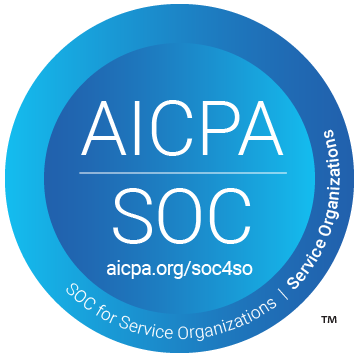Three Things to Align for Targeted Marketing Success
I was recently reflecting on a quote by Charles De Gaulle: “Victory often goes to the army that makes the least mistakes, not the most brilliant plans.” As a Cleveland sports fan, I’m well aware of how mistakes can impact the outcome of the game and result in an upsetting defeat… but the implications of this quote extend well beyond that of a notable French statesman and sports teams.
As marketers, we’re given the opportunity to go to battle and fight for our customers’ attention and engagement every day. If we’re not careful, our brilliant plans and ideas may succumb to a mistake that could be easily avoided. It’s with this mind that I’d like to revisit the crucial elements of targeted marketing, which, when aligned with a brilliant plan, promote success—or at least save the day from a devastating defeat.
We learned a long time ago that successful targeted marketing consists of properly aligning an audience, a message, and a prominent call-to-action. That is to say, marketing magic happens at the intercept of the three. Why? Let’s examine each component a bit further:
- The Audience: Consider for a moment that not all consumers are universally the same; we all have our own unique needs. If I lived in an apartment, I probably wouldn’t be too excited about receiving a flyer from a lawn maintenance company. Similarly, if I were dairy-free, that new frozen yogurt place might not pique my interest. Whereas these two examples are relatively obvious, a subtler example is targeting those with higher income or purchase power for a value-based product or service—this shows misalignment between company goals and consumer goals. Sometimes ideal customers look nothing like actual customers. Your product, service, or solution must be relevant to your audience.
- The Message: Sometimes great ideas can overtake the practical reason for the contact. When I was back in school, we called that “vampire creativity.” The content gets your attention but afterwards it’s impossible to say exactly what the message was promoting. Worse yet, the message may be poorly represented or non-existent. Make sure that whatever the creative, copy, or concept being communicated is true to your brand and doesn’t lose sight of the value proposition. The message should clearly identify and address the problem your product or service is trying to solve.
- The Call-to-Action: Even when the right audience is targeted with a message that resonates, a strong call to action is often needed to close the deal—whether it’s scheduling a consultation, walking into a brick-and-mortar store, or completing a purchase online. An effective call-to-action should be time-sensitive, give the consumer a reason to act quickly, be easy to employ via the intended channel or channels of engagement, and should be compatible with the ultimate value proposition. Historically economic incentives were primary tactics for an effective call-to-action, but in today’s day and age, experiential ones should not be overlooked.
As marketers, we’ve all seen brilliant plans come together as well as traumatizing loses and defeats in the real (marketing) world. Mistakes will inevitably happen…but hopefully after this blog, the audience, the message, and the call-to-action will not be among them.

